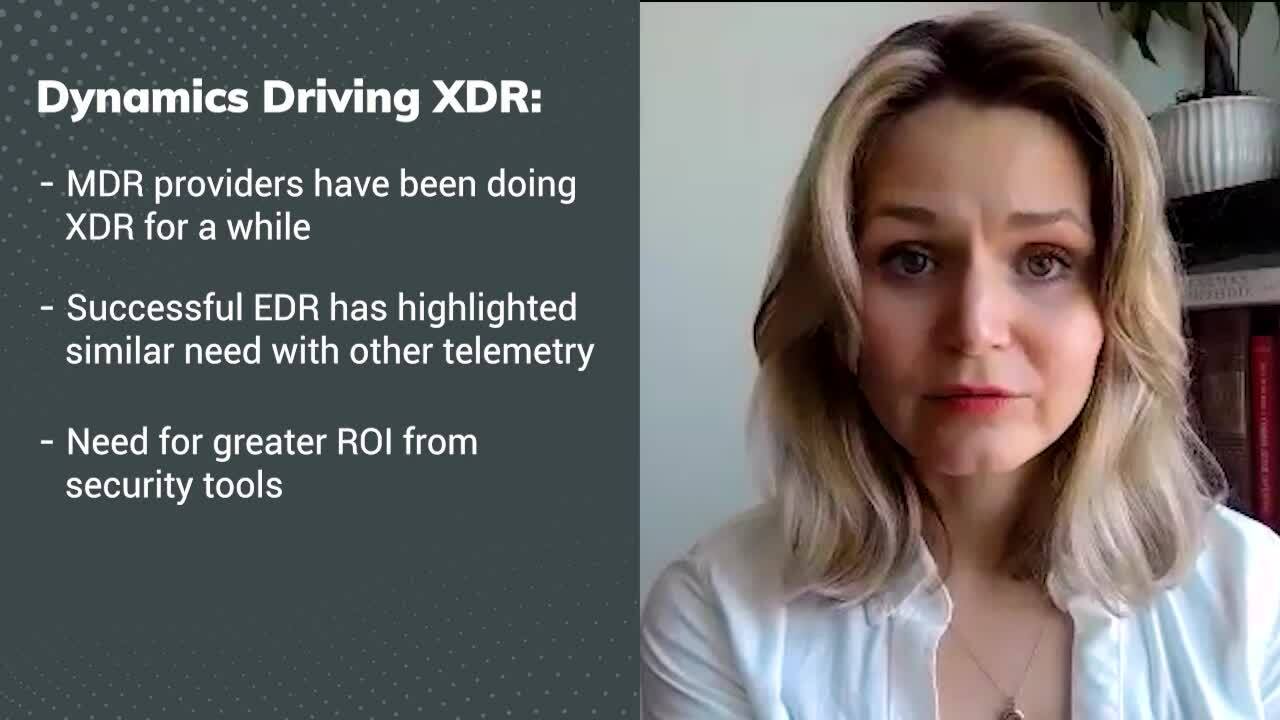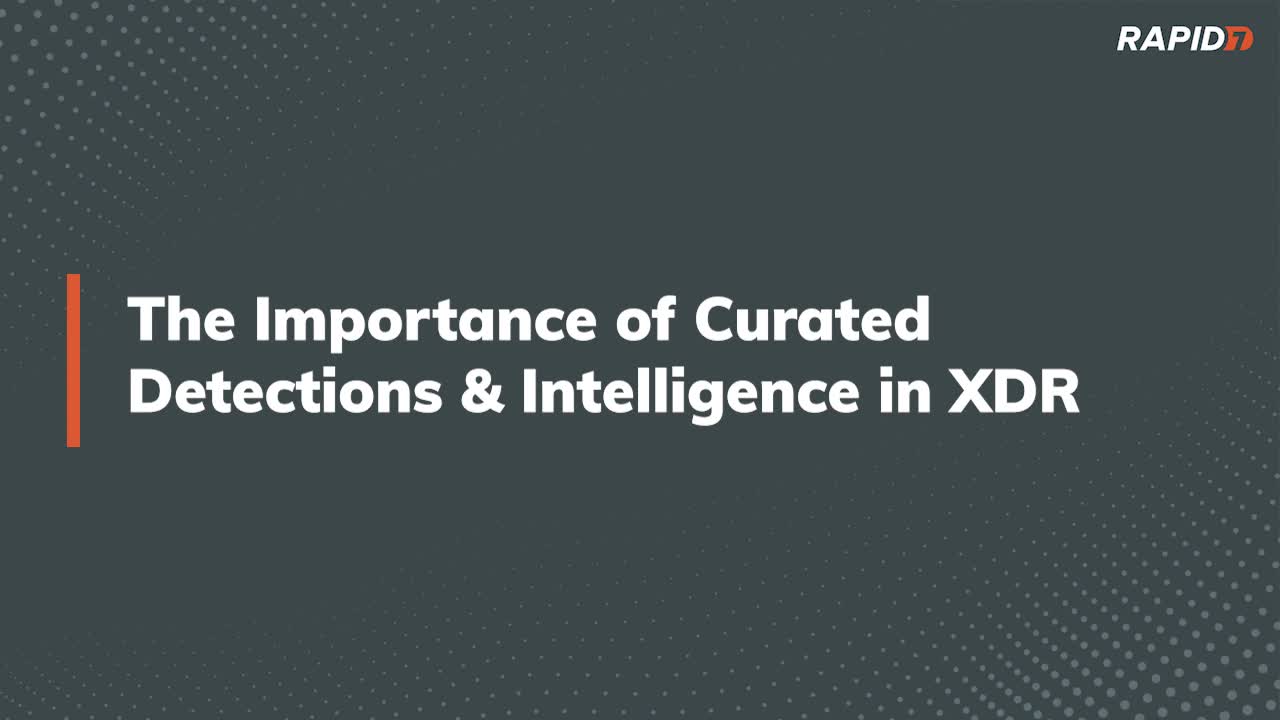Post Syndicated from Jesse Mack original https://blog.rapid7.com/2022/03/30/demystifying-xdr-the-time-for-implementation-is-now/

In previous installments of our conversation with Forrester Analyst Allie Mellen on all things extended detection and response (XDR), she helped us understand not only the foundations of the product category and its relationship with security information and event management (SIEM), but also the role of automation and curated detections. But Sam Adams, Rapid’s VP of Detection and Response, still has a few key questions, the first of which is: What do XDR implementations actually look like today?
A tale of two XDRs
Allie is quick to point out what XDR looks like in practice can run the gamut, but that said, there are two broad categories that most XDR implementations among security operations centers (SOCs) fall under right now.
XDR all-stars
These are the organizations that “are very advanced in their XDR journey,” Allie said.”They are design partners for XDR; they’re working very closely with the vendors that they’re using.” These are the kinds of organizations that are looking to XDR to fully replace their SIEM, or who are at least somewhat close to that stage of maturity.
To that end, these security teams are also integrating their XDR tools with identity and access management, cloud security, and other products to create a holistic vision.
Targeted users
The other major group of XDR adopters is those utilizing the tool to achieve more targeted outcomes. They typically purchase an XDR solution and have this running alongside their SIEM — but Allie points out that this model comes with some points of friction.
“The end users see the overlapping use cases between SIEM and XDR,” she said, “but the outcomes that XDR is able to provide are what’s differentiating it from just putting all of that data into the SIEM and looking for outcomes.”

The common ground
This relatively stratified picture of XDR implementations is due in large part to how early-stage the product category is, Allie notes.
“There’s no one way to implement XDR,” she said. “It’s kind of a mishmash of the different products that the vendor supports.”
That picture is likely to become a lot clearer and more focused as the category matures — and Allie is already starting to see some common threads emerge. She notes that most implementations have a couple things in common:
- They are at some level replacing endpoint detection and response (EDR) by incorporating more sources of telemetry.
- They are augmenting (though not always fully replacing) SIEM solutions’ capabilities for detection and response.
Allie expects that over the next 5 years, XDR will continue to “siphon off” those uses cases from SIEM. The last one to fall will likely be compliance, and at that point, XDR will need to evolve to meet that use case before it can fully replace SIEM.
Why now?
That brings us to Sam’s final question for Allie: What makes now the right time for the shift to XDR to really take hold?
Allie identifies a few key drivers of the trend:
- Market maturity: Managed detection and response (MDR) providers have been effectively doing XDR for some time now — much longer than the category has been defined. This is encouraging EDR vendors to build these capabilities directly into their platforms.
- Incident responders’ needs: SOC teams are generally happy with EDR and SIEM tools’ capabilities, Allie says — they just need more of them. XDR’s ability to introduce a wider range of telemetry sources is appealing in this context.
- Need for greater ROI: Let’s be real — SIEMs are expensive. Security teams are eager to get the most return possible out of the tools they are investing so much of their budget into.
- Talent shortage: As the cybersecurity skills shortage worsens and SOCs are strapped for talent, security teams need tools that help them do more with less and drive outcomes with a leaner staff.

For those looking to begin their XDR journey in response to some of these trends, Allie recommends ensuring that your vendor can offer strong behavioral detections, automated response recommendations, and automated root-cause analysis, so your analysts can investigate faster.
“These three things are really critical to building a strong XDR capability,” she said,”and even if it’s a roadmap item for your vendor, that’s going to give you a good basis to build from there.”
Want more XDR insights from our conversation with Allie? Check out the full talk.
Additional reading:



